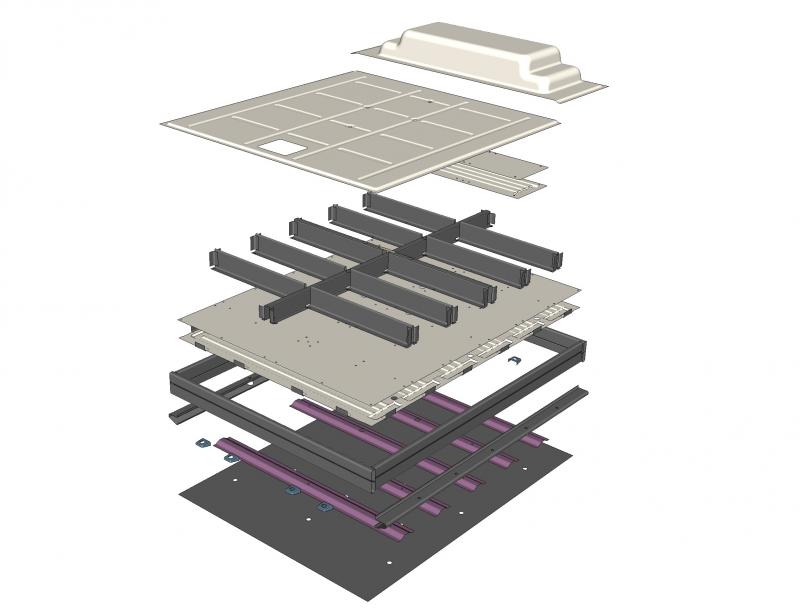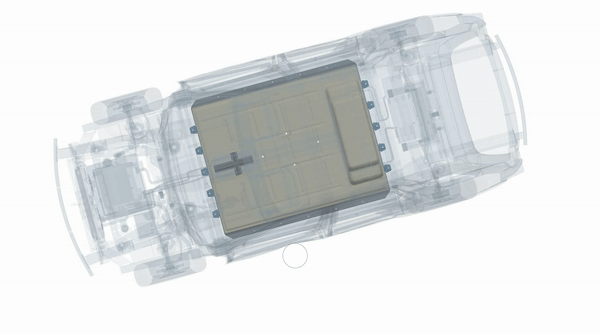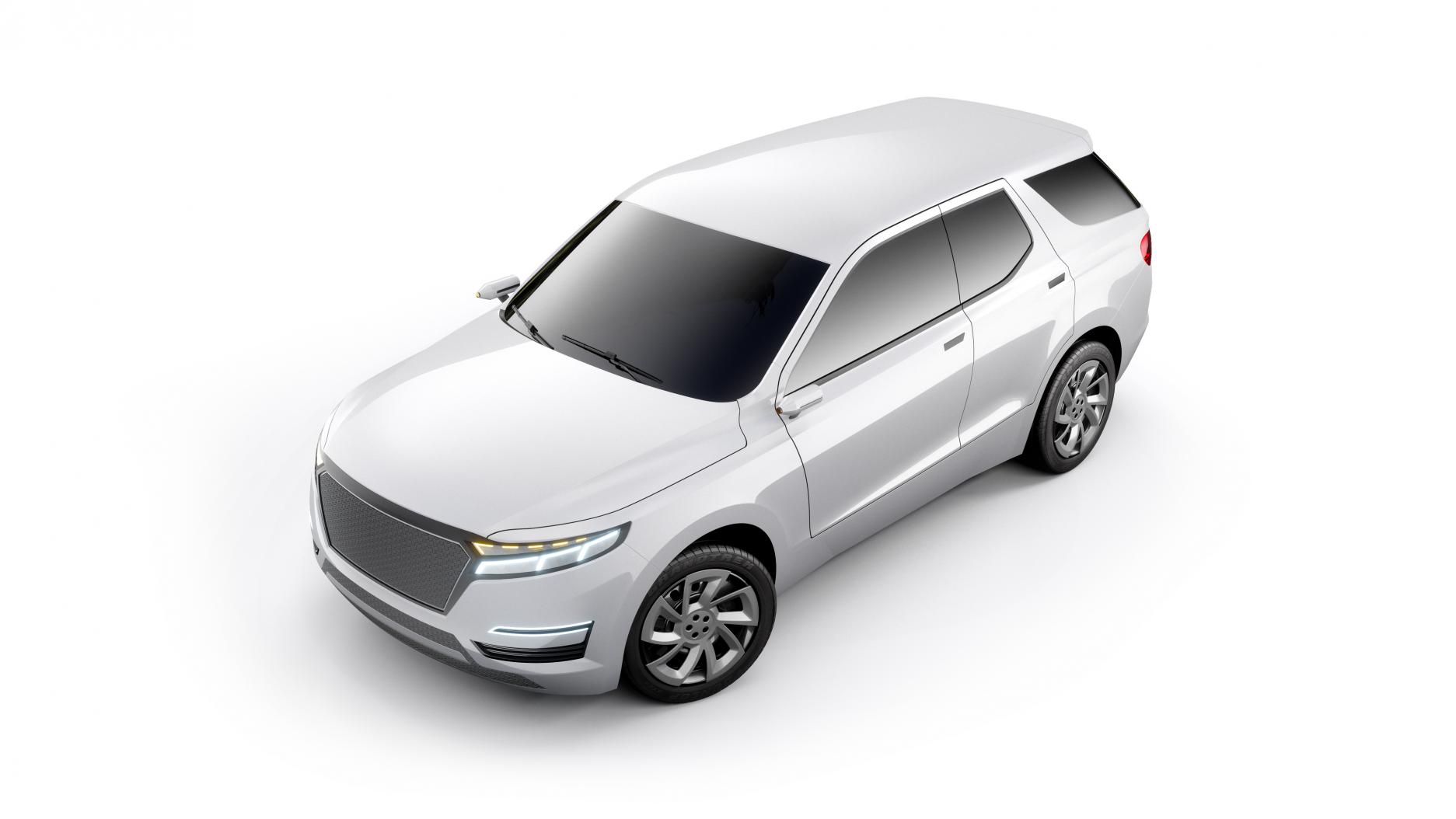Products
Product pages available in
EN - DE - FR - ES
Sustainability
News, events and stories
10 years of S-in motion®
22 April 2020
Ten years after ArcelorMittal introduced our first S-in motion® study for fuel-powered vehicles, we are proud to launch a brand-new set of S-in motion solutions for Battery Electric Vehicles (BEV). To visualize our smart BEV steel solutions, an online car configurator is now available. The configurator shows how ArcelorMittal’s range of advanced high strength steels (AHSS) and smart solutions can be deployed to meet the lightweighting, safety, cost, and sustainability performance targets of BEV producers.
The new BEV car configurator includes solutions identified in ArcelorMittal’s latest S-in motion® studies into the body-in-white (BIW) and battery pack of electric vehicles. All of the solutions have passed extensive assessments including global crash test models, and simulations of forming feasibility, and assembly.
Since the first ArcelorMittal S-in motion® solutions were rolled out ten years ago, the successful implementation of these solutions has been proven to make cars lighter, stronger, and safer - at the most affordable cost. As usual for our S-in motion® studies, multiple solutions are identified wherever possible to ensure that the preferences of individual OEMs are accommodated. For example, the S-in motion® Battery Pack concept includes design options with a tray, without a tray, and different material strategies are considered.
Lightweighting emerges as a major factor in BEV design
While lightweighting has been a major consideration for internal combustion engine (ICE) vehicles, it is only now emerging as a consideration for BEVs. Jérôme Favero, head of automotive steel solutions at ArcelorMittal Global R&D explains: “In the past, weight saving for BEVs was not really seen as very important, mainly because energy could be recovered during braking. Today, BEV manufacturers are convinced that lightweighting remains a major topic for BIW design.”
There are several drivers which make weight saving attractive. “The most important are the driving range and environmental impact of the materials,” says Jérôme Favero. “Even if there is energy recovery while braking, losses will occur. A lighter mass will reduce the overall amount of energy needed to move the car and improve performance parameters such as acceleration and handling. And if we reduce the mass of materials, we directly reduce the emissions that are caused by the production of these materials.”
BEVs are already several hundred kilograms heavier than their ICE counterparts due to the weight of the batteries – and the reinforcement required to keep vehicle occupants safe. As a result, there is much more energy to absorb in the event of a crash. “This shows that there is more room for top AHSS products with best-in-class crash ductility and formability,” says Jérôme Favero. “For example, ArcelorMittal offers AHSS products such as Usibor® 2000 and Ductibor® 1000 which are suitable for hot stamping, or Fortiform® for cold stamping. As BEVs are more expensive to produce, mainly due to battery costs, AHSS like these remain the optimal solution to reach the OEM’s cost, performance, and environmental targets.”
-
-

Exploded view - Battery pack without tray
The range of a battery electric vehicle has been proven to be one of the most important criteria for car buyers. OEMs are developing strategies to increase range, often by maximizing the space available for batteries. That limits the space initially for energy absorption in the case of a crash. “As a result, the anti-intrusion performance of the vehicle’s body sides must be reinforced strongly to protect passengers in a side crash,” says Jérôme Favero. “The S-in motion® Battery Pack study identified MartINsite®, a roll-formable martensitic AHSS, as the best and most cost-effective solution for these applications.”

New emissions legislation targets full vehicle lifecycle
A Environmental targets are expected to become more important in coming years as the impact of vehicle emissions moves from the tailpipe to include the full lifecycle of the vehicle. By 2023, the European Commission wants to establish a common methodology to assess the CO2-equivalent (CO2-eq) emissions of a vehicle over its life. The methodology is expected to be included in European legislation from 2030. Other regions and countries are likely to follow this lead.
“It is a fact that steel has the lowest CO2-eq per part compared to alternative materials including aluminium,” says Frederic Painchault, head of marketing and sustainability at ArcelorMittal Global Automotive and Mobility Solutions. “For the BIW, the CO2 emissions associated with an automotive part made of AHSS are less than half of those of an equivalent aluminium part, and less than a third of a part made from carbon fibre reinforced plastic. In addition, steel is 100-percent recyclable. That means steel will remain the essential material in a sustainable circular economy because of its life cycle analysis (LCA) benefits.”
The steel industry is now looking to build on this advantage. Painchault continues: “ArcelorMittal plans to significantly reduce its global production of carbon dioxide emissions, with the aim of being carbon neutral by 2050. An interim target for Europe by 2030 is to cut carbon emissions by 30-percent to contribute to the European Commission’s ‘Green Deal’.”
"A lighter mass also has benefits for the environment. Firstly, it reduces the overall amount of energy needed to move the car and improves performance parameters such as acceleration and handling. Secondly, it directly reduces the emissions that are caused by the production of these materials."
Frederic Painchault, head of marketing and sustainability at ArcelorMittal Global Automotive and Mobility Solutions

Car configurator puts S-in motion® solutions for BEVs at your fingertips
Over the past decade, ArcelorMittal’s S-in motion® studies have demonstrated how new and innovative AHSS grades can be implemented in today’s production vehicles. Various types of vehicle have already been examined including B-, C-, and D-segment vehicles with an ICE powertrain, pick-up trucks, plug-in hybrid electric vehicles (PHEV), and vehicle components such as seats.
Now you can discover ArcelorMittal’s S-in motion® BEV solutions with our brand-new car configurator. You can compare various solutions and apply the ones that interest you to your personal 3D BEV configuration. Why not try it today?










